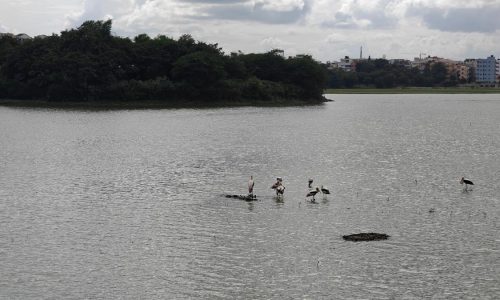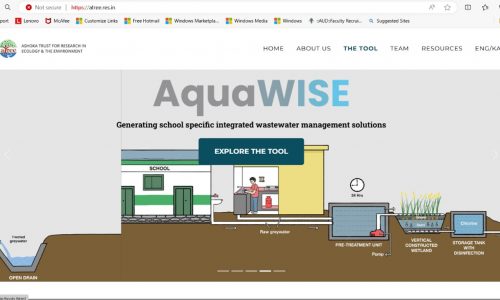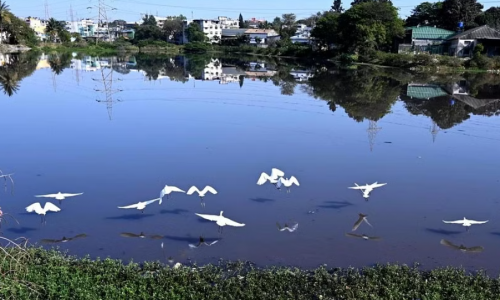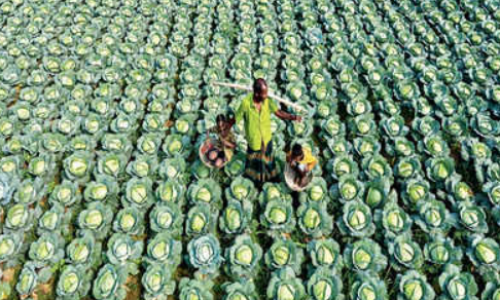Ruchi Verma and Priyanka Jamwal
Environmental Monitoring and Assessment | January 12, 2022
Springs are a significant source of high quality and perennial freshwater supply for remote communities and sustain rich biodiversity and ecosystems in the Himalayas. About 60–70% of the Himalayan population directly depends on springs to meet their domestic and livelihood needs. Despite that, decline in approximately 60% of low discharge springs have been reported in the last couple of decades. In addition, nitrates and faecal coliform contamination linked to septic tanks, open defecation, and fertiliser application have been reported. A high degree of urbanization with 500 growing townships and 8–10 large cities has further threatened the sustenance of these vital resources, causing a severe water crisis in the Himalayas. Spring rejuvenation can enhance water access and livelihoods and help achieve several sustainable development goals (SDGs). However, multiple challenges hinder the success of such initiatives. A fundamental limitation is the poor understanding of complex groundwater (spring) systems and their interactions with human societies. This review identified crucial knowledge gaps by synthesizing available knowledge on springs and revival efforts from peer-reviewed journals and reports by practitioners and governing bodies. The review also highlights the limitations of spring revival approaches and recommends future management options. There is a critical lack of comprehensive data as a large research on the Himalayan spring systems results from small-scale spring centric studies focussing primarily on hydrology. In contrast, the impacts of hydrogeology, ecology, socio-economics and developmental activities on springs are less explored. Lack of scientific inputs on the hydrogeological regime and limited support by the state is a barrier to scaling spring rejuvenation programs. Long term monitoring, location-specific mapping of local hydrogeological and socio-economic settings at aquifer scale and collaborations among different stakeholders are essential to facilitate holistic knowledge development on spring systems and successful spring revival. The authors recommend ensuring sustenance by recognizing the value of springs in the mainstream programs and policies and develop appropriate management framework for the management of spring systems.









